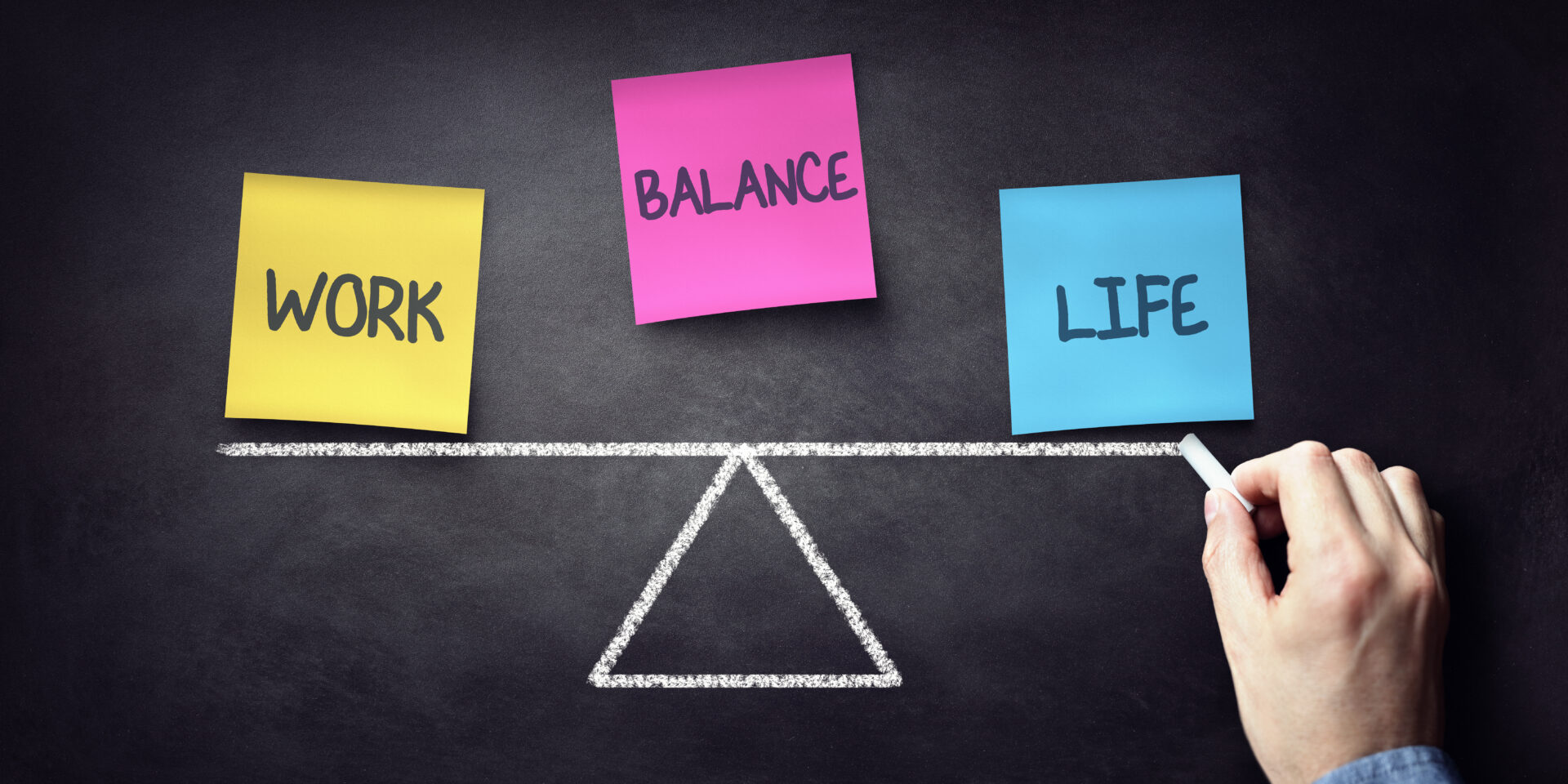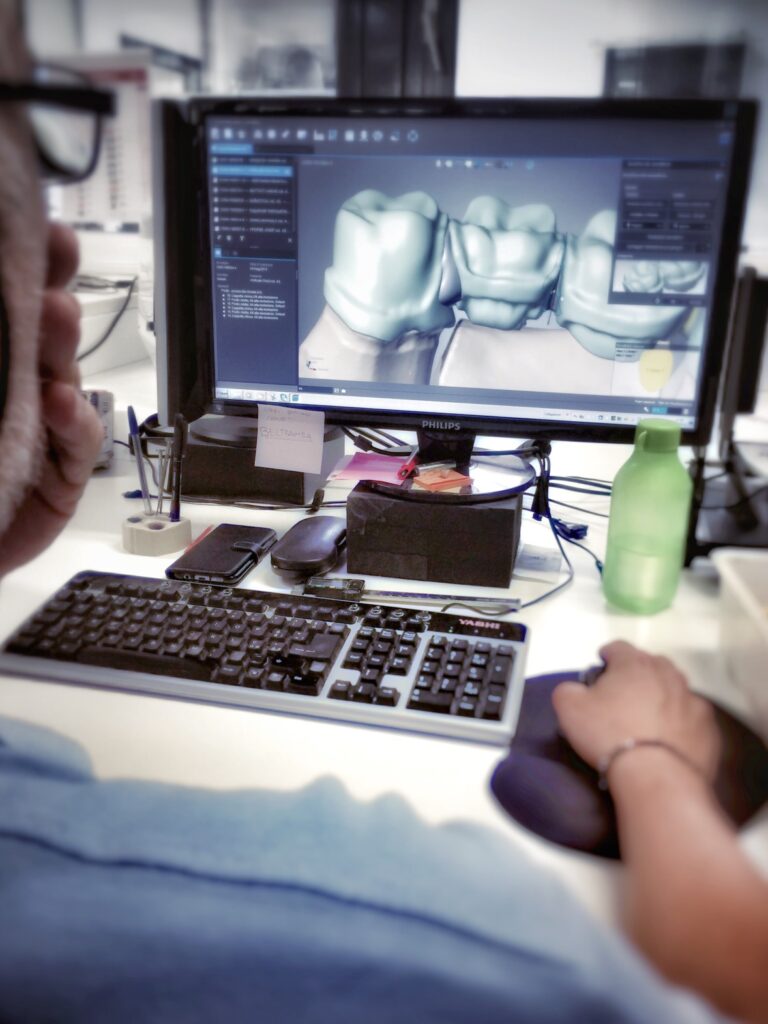Creating a positive work-life balance helps you prioritize what matters and leave the rest for the next business day. Read on for helpful tips to create clear boundaries between work and personal time so you can implement healthy, sustainable patterns for yourself and those you love.
Creating Balance in a New Work Culture
Creating a positive work-life balance is more important than ever. Yet, between 2019 and 2021, the number of Americans working from home tripled. While that means less time commuting, working from home can lead to more hours behind the desk –– even if that desk is in your house.
With more individuals working remotely or managing a hybrid work schedule, employees must understand how to balance work life against their personal life. Remote employees can work after hours and on weekends without a proactive and intentional effort to protect their time.
Unfortunately, many workers –– even those working 40 hours outside of the home –– find themselves taking care of job duties after they clock out. With business email and communication apps on our phones, it can feel impossible to leave work at the office.
How often have you laid in bed and checked a work email or team communication before falling asleep?
Knowing when –– and how –– to leave work tasks for work hours will help you lead a healthier, more fulfilling life. Keep reading to learn practical methods for cultivating a healthy balance that improves your quality of life starting now.
Tips to Improve Your Work-Life Balance
You won’t drift into a healthy work-life balance; it’s something you must proactively work for. Below, we’ve listed the most practical tips for creating a work-life balance.
Depending on your role or responsibilities, you might need to adjust these tips to fit your situation. But if your position doesn’t explicitly require you to be “on” during your time or when you’re off the clock, implement these habits today!
1. Learn to (Graciously) Say No
You are the only person who can complete a task –– until you can’t. Perhaps the most underrated yet essential soft skill you can cultivate is learning to say no when you can’t say yes.
If you agree to everything asked of you, you will burn out quickly. And you’ll find that managing too many tasks will result in poor performance. On the other hand, learning to graciously and tactfully say no allows you to focus on what matters so you and the rest of your team can succeed.
2. Take Breaks
You might find that hours pass before you look up from your workstation when assigned an important task. Spending hours hunched over, staring at a screen, or on your feet running back and forth, serving customers results in a physical and mental drain.
Creating a positive work-life balance can start by taking a break. For example, if you work on screens, implement the 20-20-20 rule: for every twenty minutes spent looking at a screen, you should look at something 20 feet away for 20 seconds.
A ten-minute break can help you refocus and breathe amid a hectic workday. Even a few minutes to yourself reminds you that you’re more than a worker, you’re a person, and it’s good to recoup.
3. Take Your Lunch Break
As we discussed, taking breaks is essential to a healthy work-life balance. So is taking your lunch break. A recent survey found that 39 percent of respondents attribute taking a lunch break to improved work-life balance.
Stepping away from your work for 30 minutes or more during your lunch break is a simple way to prioritize your well-being simultaneously every day.
4. Keep Your Work Email Off Your Phone
Our phones are always within reach, which can be detrimental if you want to create and maintain a work-life balance. Many of us are attached to our phones, and unless you take steps to disconnect from work, you’ll blur the lines between work time and personal time.
Log out of your work email on your phone’s email app. If you can’t check your work email on your computer or laptop, you don’t need to check it. Take care of work emails during work hours.
5. Silence Work Notifications After Hours
Many companies utilize messaging apps to facilitate communication among their teams. This can streamline workflows during business hours, but communication apps can hinder your ability to leave work at work.
When possible, silence notifications from all work-related apps. When you’re not aware of messages, you’re less likely to feel the need to open and address them. In addition, even hearing a work app notification can increase work-related stress and occupy space in your mind that should be reserved for you, not your work.
6. Set and Communicate Boundaries
Setting and sticking to work hours is essential, especially for employees working remotely or on a hybrid schedule. Boundaries help you create a healthy work-life balance. But limits only work if you communicate them to your management and team.
If your workday ends at 5:00, ensure your colleagues know you won’t be available after that time. Setting an auto-response for your email alerts those trying to contact you that you’re offline and will receive their message the next business day.
The setting, communicating and sticking to your boundaries give you freedom while empowering you to thrive at home and work.
7. Be Realistic about What You Can Get Done in a Day
Many Americans operate within a hustle culture. The more you can accomplish, the better. But constant work is not healthy, sustainable, or beneficial for you or those around you.
Balancing your work with your personal life entails setting realistic expectations for your productivity. Be honest about what you can accomplish during work hours so you don’t guilt yourself into working in the evenings during the time that belongs to you.
Keep First Things First
As you implement the abovementioned changes, remember your “why” for doing so. A positive work-life balance helps you maintain physical, mental, and emotional health. Boundaries keep you healthy, and they also benefit your relationships. You cannot be present with loved ones when your mind (and even your body!) are at work.
Creating a work-life balance cultivates sustainable habits that give you the freedom to thrive at work and at home.




